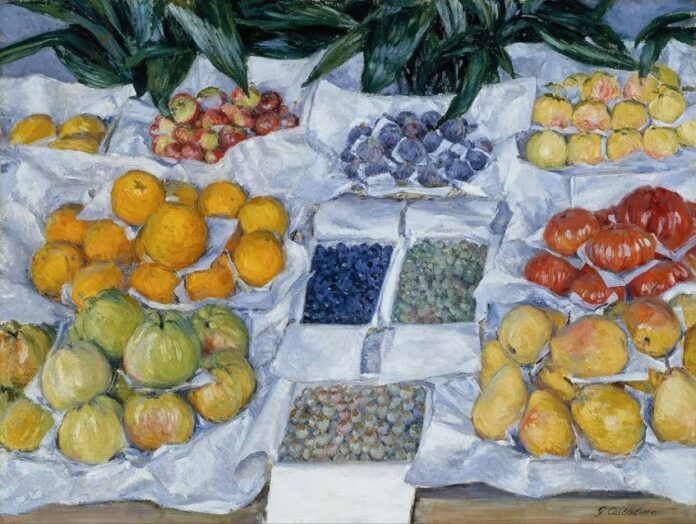What Is Unity in Art?
Unity in art refers to the harmonious combination of various elements within a piece of artwork, such as color, form, texture, and composition. It is the sense of cohesion and balance that unifies all these elements into a visually pleasing and coherent whole. The concept of unity can be applied to both two-dimensional and three-dimensional artworks, and it plays a crucial role in creating a successful and aesthetically appealing composition.
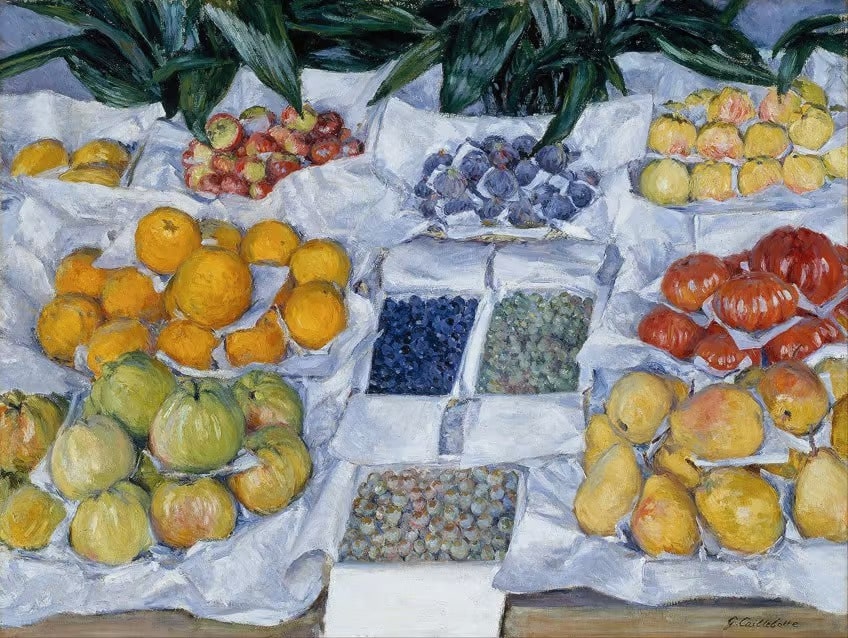
In order to achieve unity in art, artists must carefully consider and control various aspects of their work. This includes:
- Color harmony: Selecting and combining colors that work well together and create a sense of visual balance. This can be achieved through complementary, analogous, or triadic color schemes, among others.
- Form and shape: Using shapes and forms that are visually balanced and relate to each other in a coherent way. This may involve using symmetrical or asymmetrical compositions, depending on the artist’s intent.
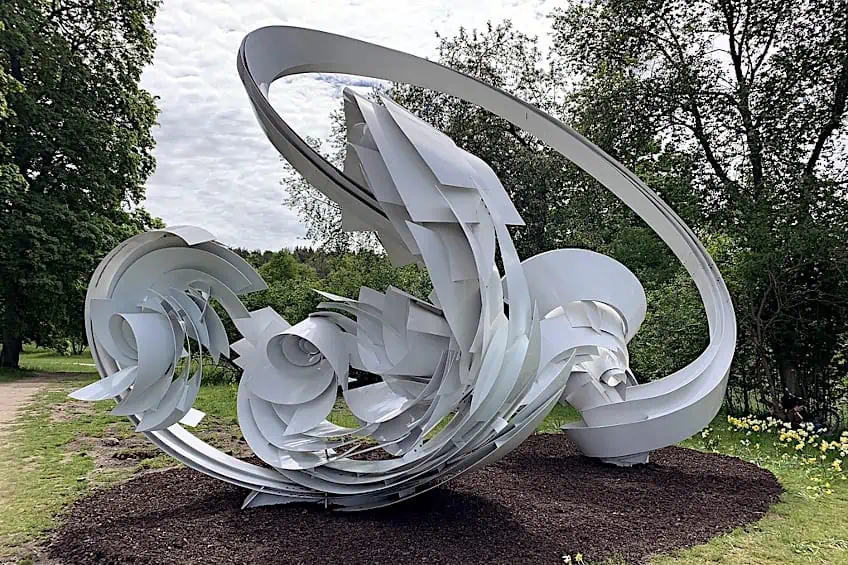
- Texture: Incorporating textures that contribute to the overall harmony of the piece, either by blending seamlessly with other elements or contrasting with them for added interest.
- Composition: Arranging the various elements of the artwork in a way that leads the viewer’s eye through the piece and creates a sense of unity and coherence. This may involve using techniques such as framing, focal points, and negative space.
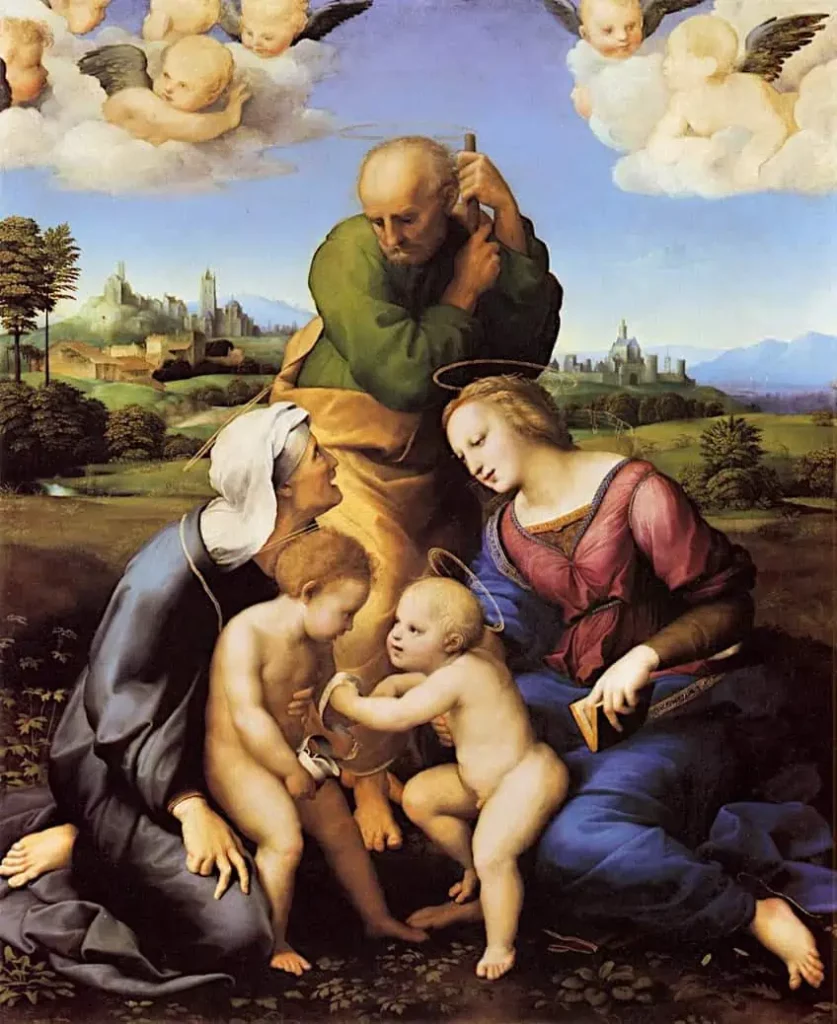
- Line and shape: Using lines and shapes to guide the viewer’s eye through the composition and create a sense of flow and unity.
- Value and tone: Adjusting the lightness and darkness of different elements within the artwork to create a sense of depth and unity.
- Emotional content: Ensuring that the overall mood and atmosphere of the artwork supports the theme and message being conveyed, contributing to the overall sense of unity.
By carefully considering and balancing these elements, artists can create works of art that exhibit a strong sense of unity, making them more engaging and impactful for viewers.
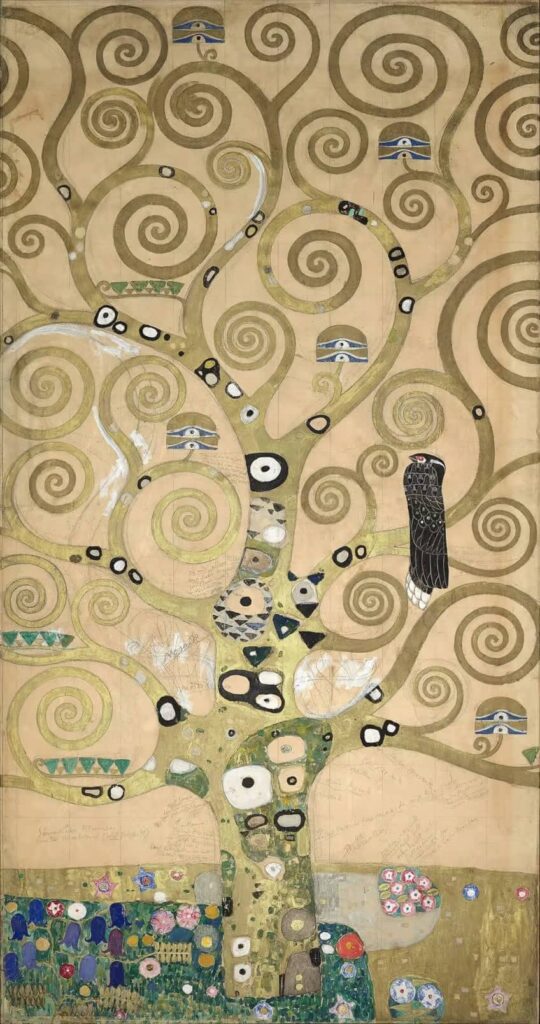
What Is Variety in Art?
Variety in art refers to the diverse range of styles, techniques, themes, and mediums that artists use to express their creativity. This diversity is what makes art a rich and dynamic form of human expression, allowing artists to explore different ideas, emotions, and perspectives through their work.
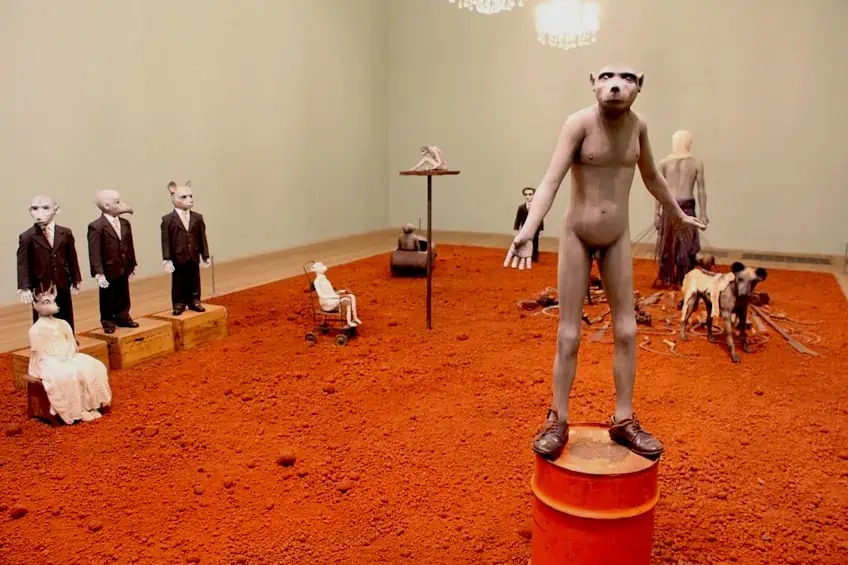
There are many ways in which variety can be seen in art:
- Styles: Artists have developed various artistic styles over time, from ancient civilizations like Egypt and Greece to modern movements such as Impressionism, Cubism, and Abstract Expressionism. These styles represent different approaches to representing reality or conveying meaning, and they continue to evolve as new generations of artists bring their own unique perspectives to the table.
- Techniques: Within each style, there are countless techniques that artists employ to create their works. These may include drawing, painting, sculpting, printmaking, photography, digital art, and more. Each technique has its own set of skills and methods, allowing artists to experiment and push the boundaries of their craft.
- Themes: Artists often choose to explore specific themes in their work, such as love, nature, politics, religion, or personal experiences. By focusing on these subjects, they can delve deeper into their meanings and implications, offering new insights and perspectives for viewers.
- Mediums: The materials used by artists also contribute significantly to the variety within art. From traditional media like oil paint, pastels, and clay to more unconventional materials like found objects, recycled materials, and digital tools, the choice of medium allows artists to express themselves in innovative and unexpected ways.
- Cultural influences: Artists are influenced by the cultures they come from and the societies in which they live. As a result, art varies greatly depending on geographical location, historical context, and cultural traditions. This diversity ensures that art continues to reflect the ever-changing world around us.
Variety in art is essential for its continued growth and evolution. It allows artists to explore their creativity, communicate their ideas, and connect with audiences on a profound level. By embracing this diversity, we can appreciate the richness and depth of human expression that art offers.
The Importance of Harmony, Unity, and Variety in Art
Harmony, unity, and variety are three essential elements that contribute to the overall aesthetic appeal and effectiveness of art. These principles are closely interconnected and work together to create a balanced and visually pleasing composition.
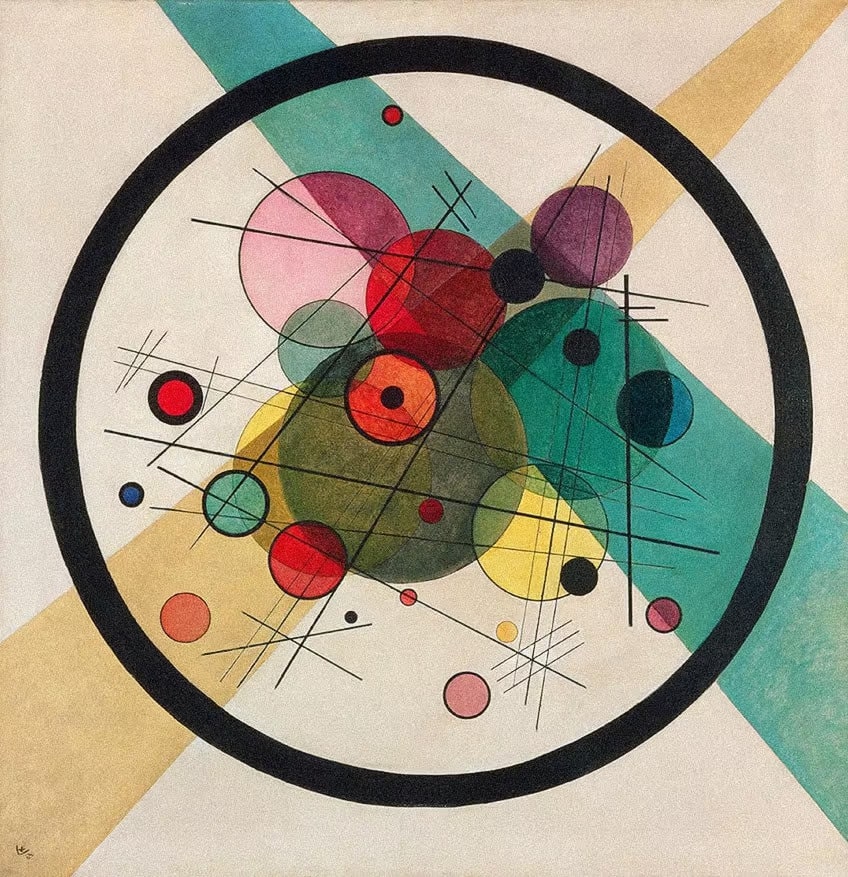
Harmony:
This principle refers to the balance and cohesion within a piece of art. It involves the careful arrangement of elements such as color, shape, line, texture, and value to create a sense of unity and coherence. Harmony can be achieved through repetition, contrast, or a combination of both. For example, an artist might repeat a particular color or shape throughout a painting to create a sense of harmony, or they could use contrasting colors and shapes to create visual interest while maintaining a sense of balance.
Unity:
Unity is the sense of wholeness and cohesion that exists within a piece of art. It is achieved when all the individual elements work together to create a unified composition. Achieving unity often involves careful consideration of the placement, size, and relationship between different elements within the artwork. For instance, an artist might position related elements close together to emphasize their connection, or they might spread them out to create a sense of depth and space.
Variety:
While harmony and unity are important for creating a cohesive composition, variety is also crucial for adding interest and complexity to a piece of art. Variety can be introduced through the use of different colors, shapes, textures, and values, as well as through the arrangement of these elements within the composition. By incorporating a range of elements and techniques, artists can create dynamic and engaging works that capture the viewer’s attention and encourage exploration.
When used effectively, harmony, unity, and variety allow artists to control the viewer’s attention, guide emotions, and elicit responses. By understanding and applying these principles, artists can create artwork that resonates with audiences on a deep level, leaving a lasting impression long after the viewer has walked away from the painting.
Artists Using Unity and Variety in Art Together
Artists have been using the principles of unity and variety in art for centuries to create visually compelling and aesthetically pleasing compositions. Here are some examples of how artists have successfully combined these two principles:
Vincent van Gogh:
Van Gogh is known for his bold use of color and distinctive brushstrokes, which create a sense of unity and harmony within his paintings. However, he also incorporated a wide variety of shapes, patterns, and textures to add interest and depth to his compositions. In “Starry Night,” for example, van Gogh uses swirling lines and vibrant hues to depict the night sky, while maintaining a sense of balance and cohesion through the placement of the cypress tree and village below.
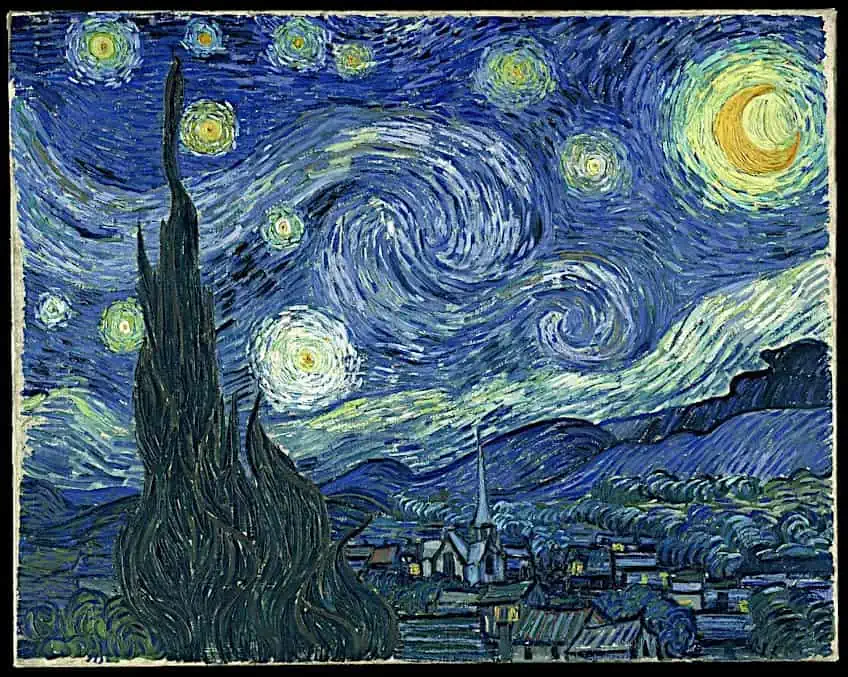
Wassily Kandinsky:
Kandinsky was one of the pioneers of abstract art, and his paintings often feature bold colors and dynamic shapes that create a sense of movement and energy. Despite the apparent chaos, Kandinsky maintained a sense of unity and harmony in his compositions by carefully considering the relationships between different elements. In “Composition VIII,” for example, Kandinsky uses a variety of shapes and colors to create a sense of balance and cohesion, while also introducing a sense of variety and complexity through the interaction of these elements.
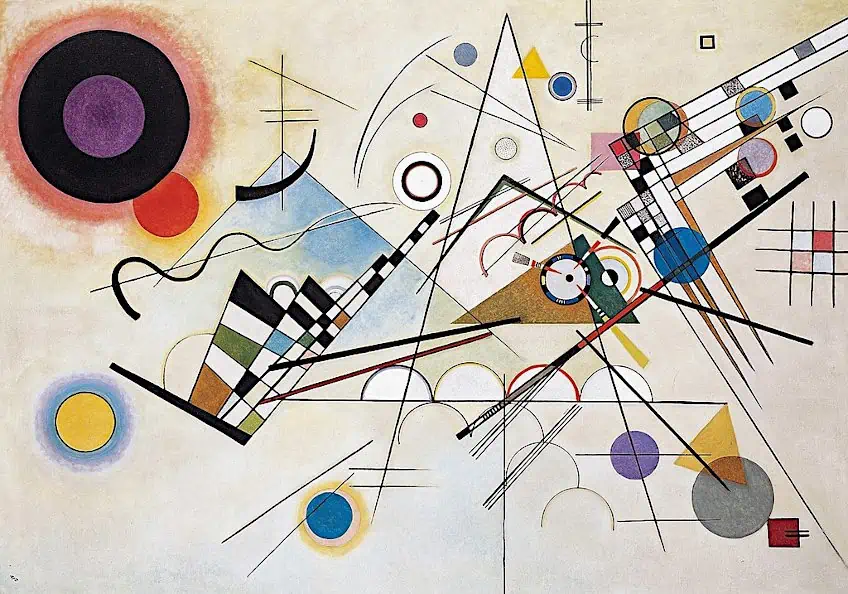
Yayoi Kusama:
Yayoi Kusama is a Japanese artist known for her innovative work in a variety of artistic media, including painting, sculpture, installation and performance. Her Infinity Mirror Rooms series is an excellent example of how she uses unity and diversity in art to create a captivating and emotionally engaging experience for viewers.
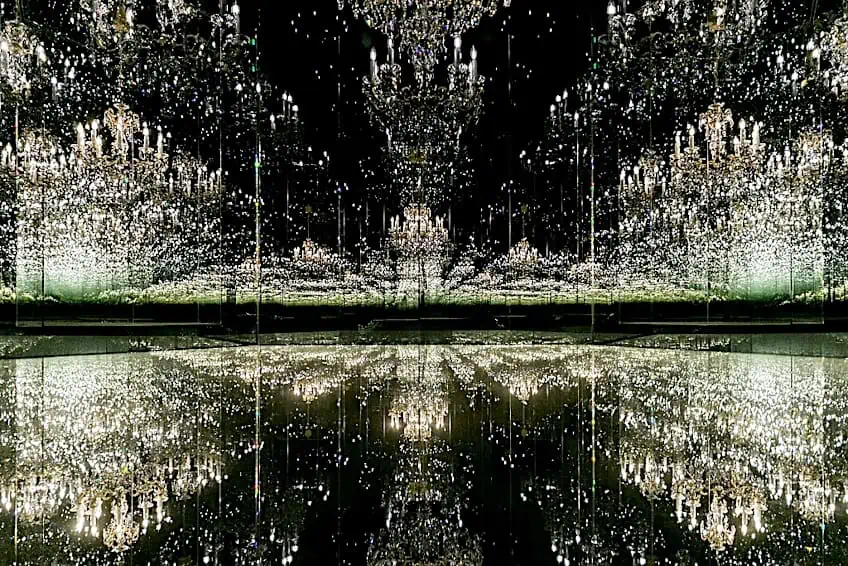
Unity and variety are essential technical qualities that artists use to create captivating works of art. Unity in art involves creating a sense of coherence and harmony, where all elements work together to create a unified whole. In contrast, variety in art involves using diverse techniques and elements to create visual interest, contrast, and complexity. Through careful use of these technical qualities, artists are able to create works that engage the viewer, highlight different techniques, and showcase their unique artistic vision. Through examining instances of both unity and variety in art, we develop a more profound admiration for the expertise, ingenuity, and practical prowess demanded to produce genuinely mesmerizing pieces of artwork.
Source: ARTMEDIA


